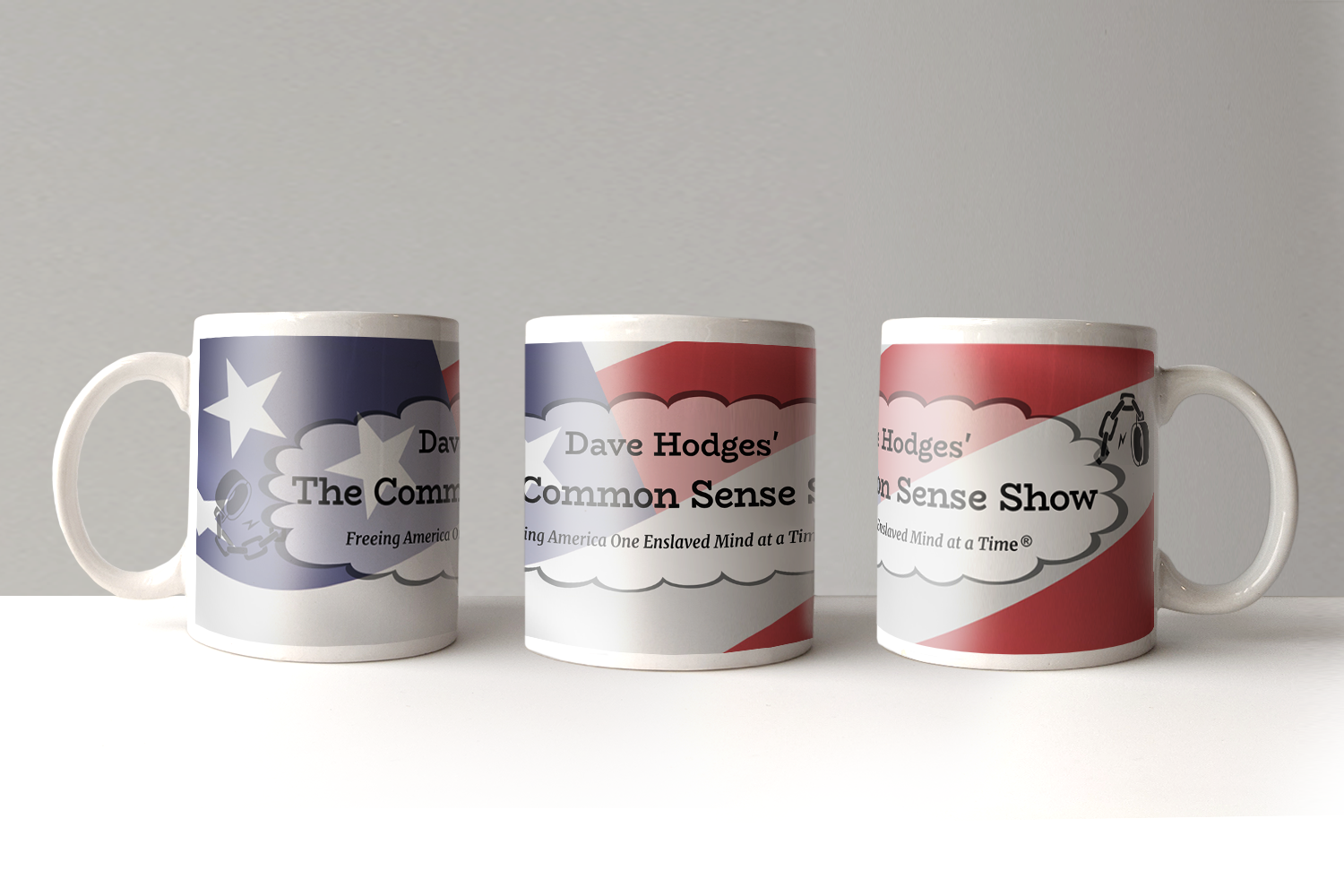Here's Why Americans See Prescription Drug Ads All Day Long

By Dr. Joseph Mercola
Television advertisements for prescription drugs are illegal in virtually every country on the planet — but not in the U.S., where 80 such ads air, on average, every hour on Americans' televisions.
"Ask your doctor," the narrators tell viewers, urging them to bring up the latest name-brand drugs at their next physician's visit.
Before the 1980s, these types of direct-to-consumer (DTC) ads were unheard of, even in the U.S., but within a few decades, they became among the most common public health messages seen by Americans.
This marketing shift turned out to be incredibly lucrative for Big Pharma, but its effects on public health — and individual health — are highly questionable, as the ads continue to drive consumers to request drugs from their doctors, whether they need them or not.
FDA's loose guidelines paved the way for TV drug ads
Before the 1980s, pharmaceutical companies marketed directly to doctors, instead of to patients. Drug industry executives even told Congress at the time that they believed directly advertising drugs to consumers was not "in the public health interest" and "cannot safely be accomplished."
A cultural shift soon emerged, however, to empower patients to be more involved in their own healthcare, instead of solely listening to their doctors. Advertisers jumped on the trend but, still, drug advertisements to consumers only appeared in print ads, including in magazines, but not on TV.
This was due to the U.S. FDA’s requirements to include all drug risks and side effects in the ads, which could be done on pages of print but was much more difficult to accomplish on TV or radio commercials.
A strange loophole existed, however, which allowed drug ads to run without stating the risks and side effects, as long as it also didn’t mention the disease the drug was intended to treat. This is highly likely related to the industry finally capturing the federal regulatory agencies responsible for protecting the public.
Not surprisingly, this led to confusion, prompting a loosened requirement from the FDA in 1997, which stated that ads only had to include the drug’s “major” side effects and refer viewers to a source where they could find the rest.
Even if viewers do end up seeking out the full list of side effects, the info seldom scares patients away. Everything is designed to make you tune out the risks and view the drug in a desirable light, from actors who use an appealing voice tone to beautiful images and music choices.



























